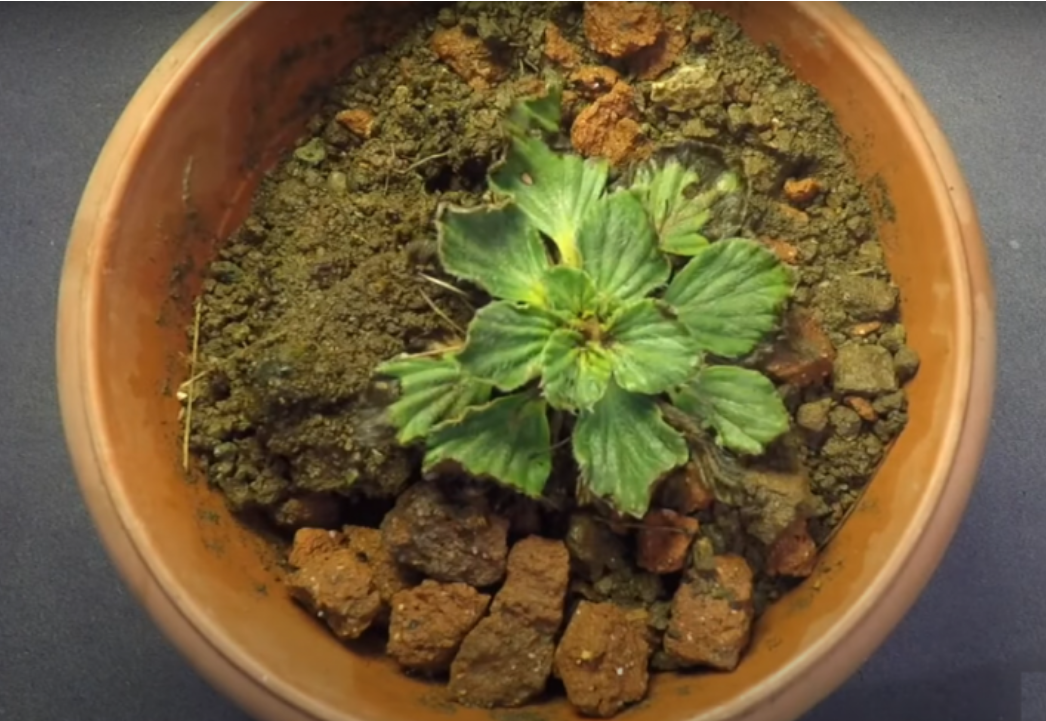Free Courses Sale ends Soon, Get It Now


Free Courses Sale ends Soon, Get It Now



Disclaimer: Copyright infringement not intended.
Context
Other Details
Plant species
Significance of Discovery
Biodiversity Hotspots
Criteria for a Biodiversity Hotspot –
Biodiversity Hotspots in India

Disclaimer: Copyright infringement not intended.
Must Read Article:
Climate-Resilient Agriculture
https://www.iasgyan.in/daily-current-affairs/the-need-for-climate-resilient-agriculture
https://www.iasgyan.in/daily-current-affairs/climate-resilient-agriculture
Western Ghats
https://www.iasgyan.in/daily-current-affairs/kasturirangan-committee-on-western-ghats
|
PRACTICE QUESTION The western ghats are significant for the conservation of biodiversity in India. Elaborate in the context of Biodiversity hotspots. These regions also have the potential to significantly contribute in creating climate resilient crops, Discuss. (150 words) |
© 2024 iasgyan. All right reserved